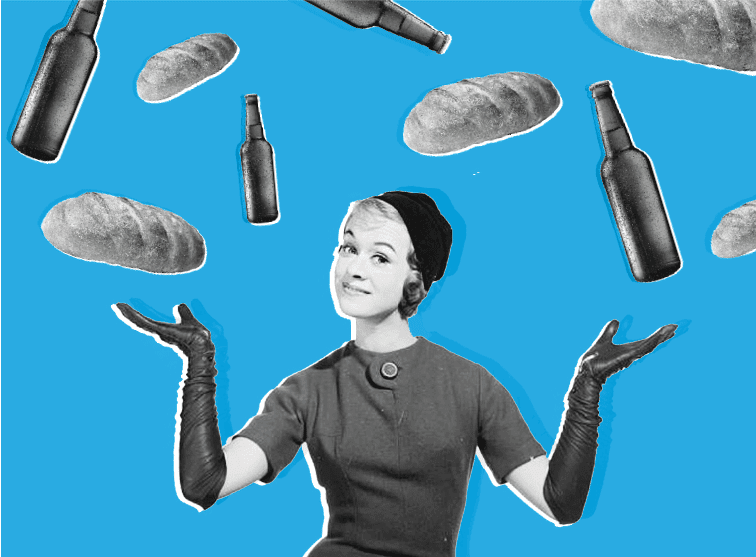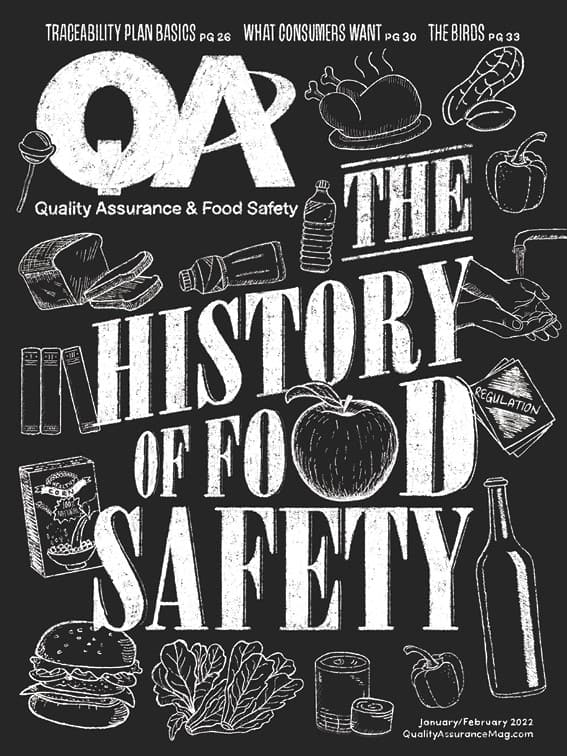
“Food fraud” may be a buzzy industry phrase, but it’s not a new concept, as pointed out in the book “Food Fraud: A Global Threat with Public Health and Economic Consequences.” In fact, food fraud served as the basis for many of the regulations the food industry follows today.
As noted in the book’s second chapter, “concerns about food fraud go back to antiquity.” In second century B.C. China, defrauding buyers of food products carried specific prohibitions, which were strengthened over the years and included hanging if the fraudulent food caused someone’s death.
“By 300 BCE,” the book said, “there were laws in parts of today’s India that prohibited fraud in specific types of food such as wine and grains. Similar laws were put in place in ancient Egypt. In ancient Rome, Pliny the Elder wrote about fraud associated with wine in CE 77-79.”
Throughout the years, laws and regulations were put in place to protect items such as bread and beer from adulteration. The industrial revolution saw even more opportunity for fraudsters, including a case in 1850s New York City involving merchants adding chalk, eggs, flour and more to low-quality milk to make it appear legitimate. The New York Times reported that an estimated 8,000 children died in the span of one year as a result of that case. This and other incidents eventually led to more regulation. But as the 20th century progressed, the food safety focus turned to protecting consumers from pathogens and allergens, while food fraud, in the minds of both consumers, regulators and even some producers, seemed to take a back seat.
Karen Everstine, technical director of food safety solutions at FoodChain ID, a co-editor of “Food Fraud” and co-creator of the Food Fraud Database, said the history of the topic is important to understand because it’s still very much a problem.
“It’s important to learn from history,” she said. “When you look at any food safety or fraud issue, you need to look at the history to adapt, to learn, to plan for the future.”
Explore the January February 2022 Issue
Check out more from this issue and find your next story to read.
Latest from Quality Assurance & Food Safety
- Scentian Bio Wins Top Prize at IFT FIRST Startup Pitch Competition
- Evigence Debuts FreshSense to Change How Food Industry Measures Freshness
- Acme Releases Automated Scraper Strainer
- Mitzi Baum to Step Down as CEO of Stop Foodborne Illness
- USDA ARS Scientists Develop Pectin That Gels with Low-Sugar Products
- GS1 US Celebrates 50-Year Barcode 'Scanniversary' and Heralds Next-Generation Barcode to Support Modern Commerce
- New Florida Extension Agent Will Teach Stakeholders About Food Safety
- Athletic Brewing Company Announces $50 Million Equity Financing Round Led by General Atlantic





